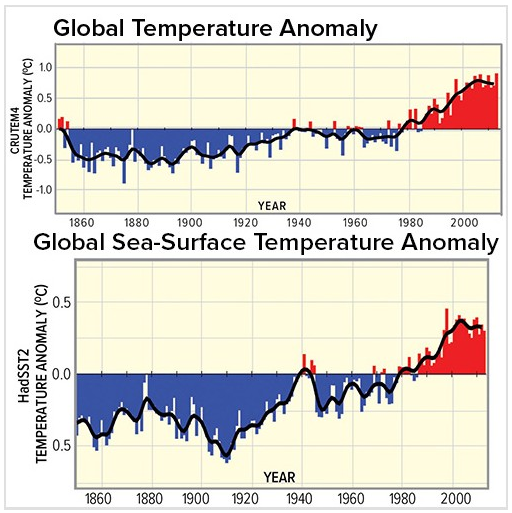Accounting for nonmarket values of ecosystem services may help us make better environmental and economic decisions. Identify, briefly describe, and give examples of these nonmarket values
What will be an ideal response?
Nonmarket values of ecosystem services include: use value, which is the worth of something we directly use, such as use of a national park; existence value, which is the worth of knowing that something exists, whether or not we will ever experience it, such as knowing that California condors exist; option value, which is the worth of something we might want to use later, such as old-growth timber or oil that is currently protected in a wildlife refuge; aesthetic value, which is the worth of something that appeals to our sense of beauty and awe, such as the Grand Canyon; scientific value, which is the worth of something used for research, such as a college's restored prairie; educational value, which is the worth of something that can be used for teaching and learning, such as a county park that serves as a site for an outdoor education program; and cultural value, which is the worth of something that sustains or helps define a culture, such as buffalo herds that sustained Native American societies long ago.
You might also like to view...
Both sea surface (below) and air temperature (above) show a warming period beginning in

A) 1860.
B) 1940.
C) 1980.
D) 2010.
According to Newton, the greater the distance between masses of interacting objects, the
A) less the gravitational force between them. B) more the gravitational force between them.
Forecast accuracy is broken down into the three categories: Short-range, medium-range, and climatic-range
Indicate whether the statement is true or false
During a dark-light bottle experiment, the light bottle yielded a change of +10 in arbitrary units of oxygen change, while the dark bottle yielded a change of -2. What is the rate of gross photosynthesis?
A. +10 B. +2 C. +8 D. -20 E. +12